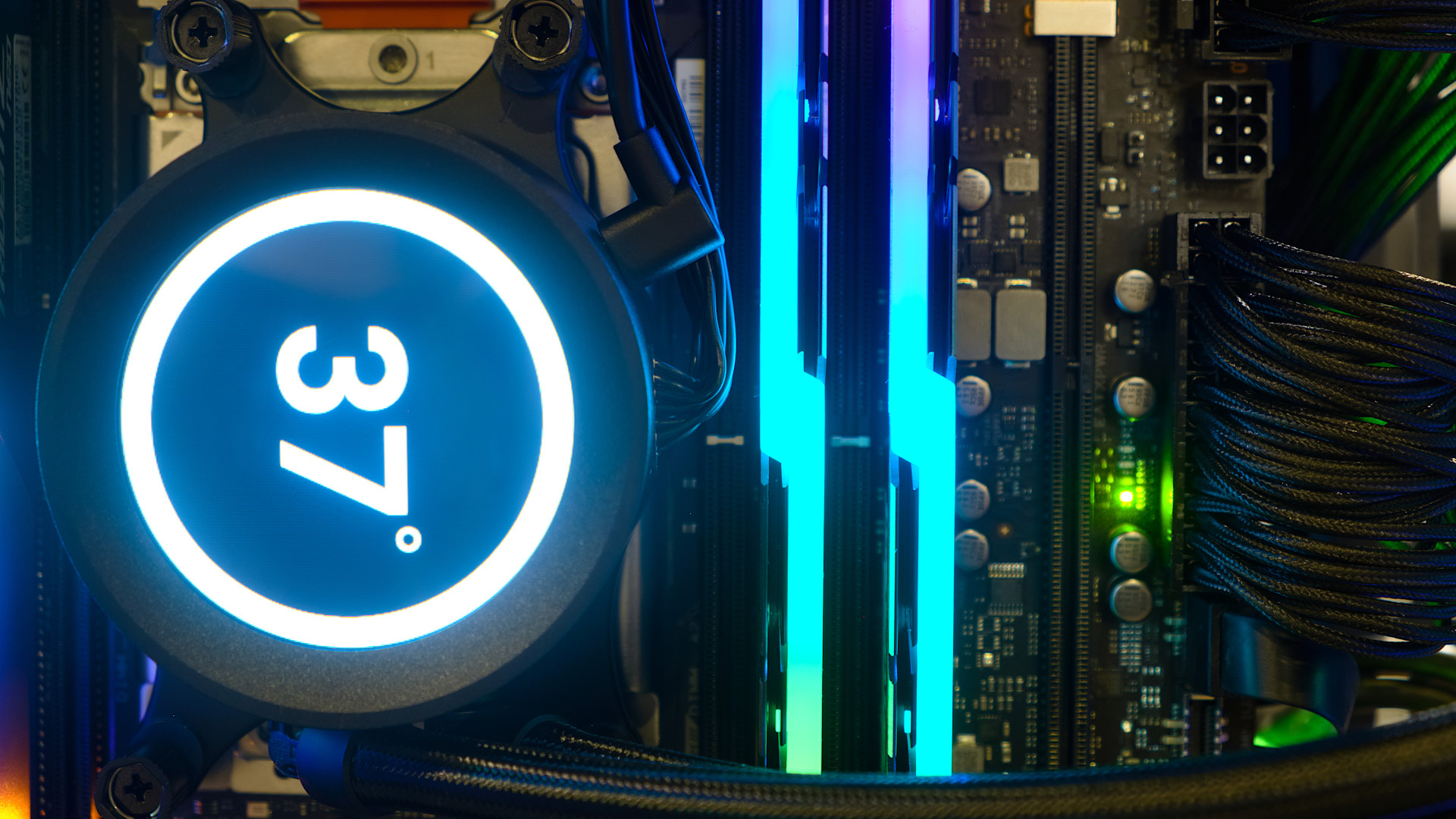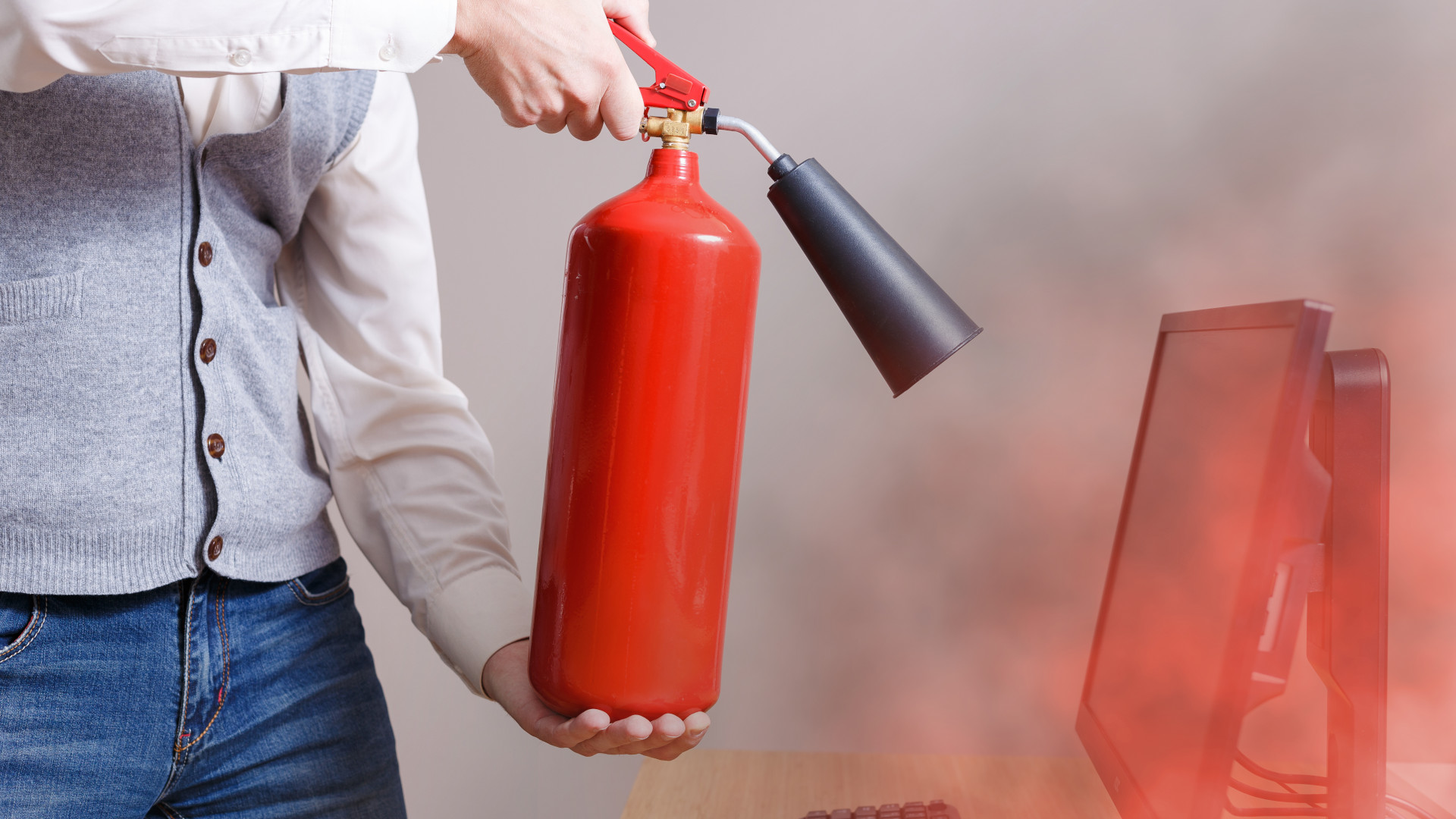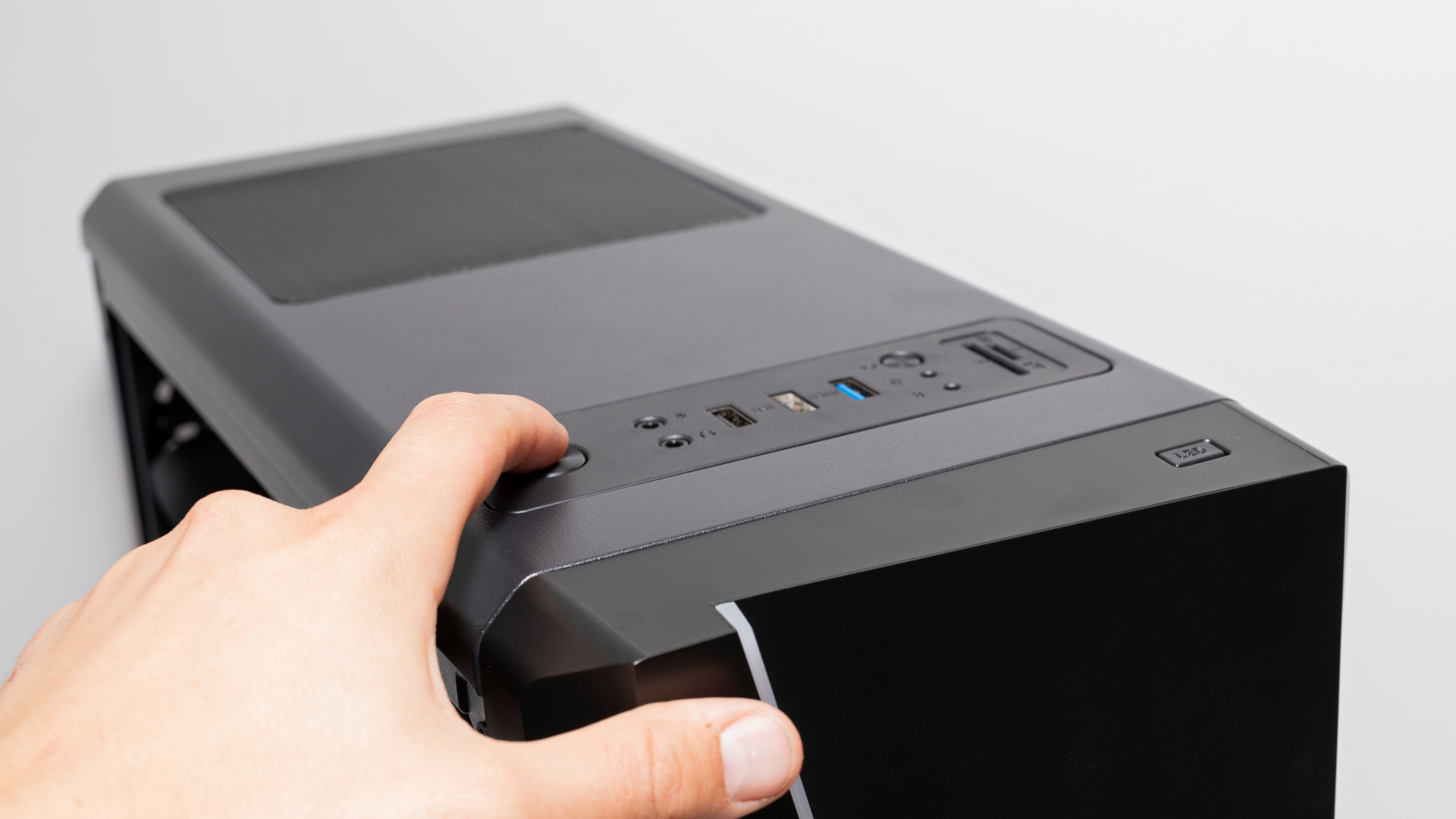A heatwave could affect your GPU and CPU - here's what you can do , DigiTech Geeks Mobile Computing News
Love it or hate it, we have a divisive opinion when faced with sweltering heat, but the components inside our computers and laptops are decidedly not as sun-loving as the folks that use them.
Processors and graphics cards are especially sensitive to heat, which is why cooling them on a regular day is important – not just when the weather starts to feel like we’re ready for a BBQ. Most will come with some form of cooling solution depending on how premium the product is, with CPUs typically being shipped alongside a stock fan cooler and GPUs having a radiator and fan built directly into the card itself.
Even more luxurious water-cooling blocks and AIO cooling systems can require a fan and radiator to pull fan-cooled water over the hot surface, and case fans are essential for making sure other components such as your storage and memory also get some help with managing temperatures – but if cool air is needed, what if the room around the PC or laptop is too hot?
Unfortunately, regardless of what cooling system you have, the system generally only "cools" in relation to the ambient temperature of its surroundings, which can put additional strain on our computers and laptops. It can be concerning to hear your PC fans whirring loudly in a warm environment, though usually this just means that they’re doing their job. If the fans are whirring for a lengthy duration, though, it could be a sign that your system is struggling.
Just HOW hot is too hot?

So how hot should your GPU or CPU be? It's important to understand that temperatures will fluctuate depending on what your system is doing, with lower numbers expected while idle or running a single task, but they'll jump up if the PC is dealing with a heavy workload such as playing games, streaming, or even just opening several spreadsheets.
Typical safe GPU temperatures are usually between 150° to 185° (65° to 85° Celsius), though some AMD RDNA2 GPUs such as the Radeon RX 6900 XT have a max function temp of a whopping 230° F (110° Celsius).
Acceptable working temperatures for CPUs sit around 140° and 160° Fahrenheit (60° to 70° Celcius), though it’s not unusual to see this climb to 175° Fahrenheit (80° Celsius) when under load – and it's not a great idea for your PC to maintain that level of heat.
You can check the temperature of your GPU in a few different ways, though the easiest way, if you’re running Windows 10 or Windows 11, is to head into your task manager by pressing the Ctrl, Alt and Delete keys on your keyboard at the same time and selecting the app. From here, select performance and you’ll see that information is displayed for various components, including the temperature of your GPU.
CPU is a tad trickier and time-consuming depending on what method you want to use. You can access processor information in the BIOS, but this requires you to restart your system and takes the longest out of every method we tried. Our suggestion for those of you who want to keep a frequent eye on system performance is to install a third-party monitoring application such as NZXT CAM or CoreTemp as this will let you check your CPU temperature live (as well as other useful information such as power draw).
If you did want to access and update your BIOS anyway, we have a full guide on how you can do that but bear in mind that each system will have a different look depending on who manufactures your motherboard.
Here's how your computer can keep its cool

So, you check your system temperatures and find some fairly alarming numbers on your screen. That’s sure to cause some concern but, luckily, there are a few things you can do to help.
Clean your device and make sure vents are clean
Dust and fluff can quickly build up around a desktop PC, which means your system might not be getting as much airflow as you think. A can of compressed air (the kind sold in electronics stores for blasting dust) will do the trick, or a paintbrush or makeup brush can be used to gently dust away any grime. If you have a PC case that can be opened up by removing a panel then you should also give your case fans a blast of air to clean them, and make sure that the inside of your system is clear from any dust build-up.
Roll back on overclocks
Some PC enthusiasts like to maximize performance by overclocking, but this not only draws additional power, it also bumps up the average operating temperature. Unless you absolutely need your system to be overclocked at all times, consider pulling back on the days when the weather starts to get uncomfortably warm.

Crank up the fans – and potentially add more
Case fans have a large part to play in keeping your CPU and GPU cool. Some cases have a built-in fan controller that allows you to bump your fan speed up to 100% as and when you need it, or you can control this directly on the system by heading into the BIOS again.
This is just as time-consuming as previously mentioned regarding CPU temperatures. A good alternative is to install more third-party software such as SpeedTemp, though this may be unable to access your CPU fan depending on your motherboard manufacturer.
If your fans are cranked up to full, then it may be time to consider a case upgrade to allow for better airflow or adding additional case fans if you have the room to spare. You may be tempted to simply point a full-seized room fan at the PC and call it a day, but this is unlikely to actually bring down the temperature of your internal PC components, even if you take off a side panel.
Replace your thermal paste and thermal pads
This requires varying levels of technical know-how, but it’s perfectly possible to DIY rather than take your machine into a computing shop – though be wary of voiding any warranties. If your build has a few years behind it, consider cleaning off the old thermal paste from the CPU and replacing it with a fresh batch as this could help to bring the heat down.
Similarly, some GPUs don’t have the best quality thermal pads, though most manufacturers won’t be happy for you to take their product apart in order to replace them. Still, if you’re happy to void any warranties and take a risk, you can follow this wonderful video tutorial from TechteamGB to clean your graphics card and replace the thermal pads and paste inside.
If you've tried all of these tips then hopefully your computer is running a little cooler, regardless of slogging through spreadsheets, Google Chrome tabs, or streaming games. Just remember - you can always switch your PC off to give it some time to cool down if you're concerned about it, and that should save you from having to buy a new graphics card earlier than anticipated.
Click here to read full article.
Download our Android App for all the latest Tech News: Click here to download our DTG Android App
#DigiTechGeeks #DTG
Comments
Post a Comment